Mouse sVCAM-1/CD106 ELISA Kit
$299.00 – $419.00
ELISA Kit Detail Information
| Related Target | |
|---|---|
| Species | mouse |
| Sample Type | Serum, plasma, cell culture supernatant, and other biological samples |
| Sample Volume | 100 μL (diluent) |
| Sensitivity | 0.03 pg/mL |
| Array Range | 7.81 pg/mL – 500 pg/mL |
| Assay Time | 3.5 h |
| Recovery | 85% – 118% |
| Average Recovery | 98% |
| Intra Precision | 2.4% – 4.8% |
| Inter Precision | 1.9% - 3.8% |
| Plate | Detachable 96-well plate |
| Storage | If the reagent kit is unopened, it should be stored at 4℃. However, if it has been opened, the standard solution should be stored at -20℃, while the other components should be stored at 4℃. |
| Delivery | 4℃ blue ice transportation |
| Components | 96-well polystyrene enzyme-linked immunosorbent assay (ELISA) plate coated with anti-Mouse sVCAM-1 monoclonal antibody Mouse sVCAM-1 freeze-dried standard Mouse sVCAM-1 detect Antibody Assay Buffer(10×) Substrate TMB Stop Solution Washing Buffer(22×) Sealing Film |
| Assay Principle | This kit utilizes the double antibody sandwich enzyme-linked immunosorbent assay (ELISA) detection technique.Specific anti-mouse sVCAM-1 antibodies are precoated on a high-affinity ELISA plate. Standard samples, test samples, and the detection antibody labeled with horseradish peroxidase are added to the wells of the ELISA plate. After incubation, sVCAM-1 present in the samples binds to the solid-phase antibodies and the detection antibodies. After washing, a colorimetric substrate, TMB, is added and the plate is incubated in the dark for color development. The intensity of the color reaction is directly proportional to the concentration of sVCAM-1 in the samples. A stop solution is added to terminate the reaction, and the absorbance value is measured at a wavelength of 450 nm (with a reference wavelength range of 570-630 nm). |
Related Targets
VCAM1
VCAM1 Target Infomation Overview
- Target Symbol: VCAM1, vascular cell adhesion molecule 1
- Gene Groups: CD molecules; Receptor ligands; C2-set domain containing; I-set domain containing; Ig-like cell adhesion molecule family
- Alias: CD106
VCAM1, vascular cell adhesion molecule 1 Target Infomation by Species
- Human
- Mouse
- Rat
Human VCAM1 Target Information
- Target Symbol: VCAM1, vascular cell adhesion molecule 1
- Alias:
- CD106
- CD106 antigen
- DKFZp779G2333
- INCAM-100
- MGC99561
- vascular cell adhesion protein 1
- NCBI_Gene: 7412
- UniProtKB: P19320
Human VCAM1 Predicted Functions
Enables integrin binding activity and primary amine oxidase activity. Involved in several processes, including calcium-mediated signaling using intracellular calcium source; cell-cell adhesion in response to extracellular stimulus; and cellular response to amyloid-beta. Located in several cellular components, including early endosome; external side of plasma membrane; and podosome. Part of alpha9-beta1 integrin-vascular cell adhesion molecule-1 complex. Biomarker of several diseases, including artery disease (multiple); diabetes mellitus (multiple); essential thrombocythemia; glomerulonephritis (multiple); and interstitial cystitis.
Mouse Vcam1 Target Information
- Target Symbol: Vcam1, vascular cell adhesion molecule 1
- Alias:
- CD106
- Vcam-1
- NCBI_Gene: 22329
Mouse Vcam1 Predicted Functions
Predicted to enable integrin binding activity and primary amine oxidase activity. Acts upstream of or within several processes, including cellular response to glucose stimulus; chorio-allantoic fusion; and heterophilic cell-cell adhesion via plasma membrane cell adhesion molecules. Located in apical plasma membrane. Is expressed in several structures, including brain; embryo mesenchyme; extraembryonic component; heart; and hemolymphoid system. Human ortholog(s) of this gene implicated in hypertension. Orthologous to human VCAM1 (vascular cell adhesion molecule 1).
Rat Vcam1 Target Information
- Target Symbol: Vcam1, vascular cell adhesion molecule 1
- Alias:
- LOC100912479
- MGC108734
- V-CAM 1
- vascular cell adhesion protein 1
- vascular cell adhesion protein 1-like
- VCAM-1
- VCAM1B
- NCBI_Gene: 25361
Rat Vcam1 Predicted Functions
Enables integrin binding activity. Involved in several processes, including cellular response to tumor necrosis factor; nervous system development; and response to lipopolysaccharide. Located in cell surface; extracellular space; and sarcolemma. Used to study carotid stenosis and hypertension. Biomarker of several diseases, including artery disease (multiple); chronic kidney disease; colitis; periodontitis; and thromboangiitis obliterans. Orthologous to human VCAM1 (vascular cell adhesion molecule 1).

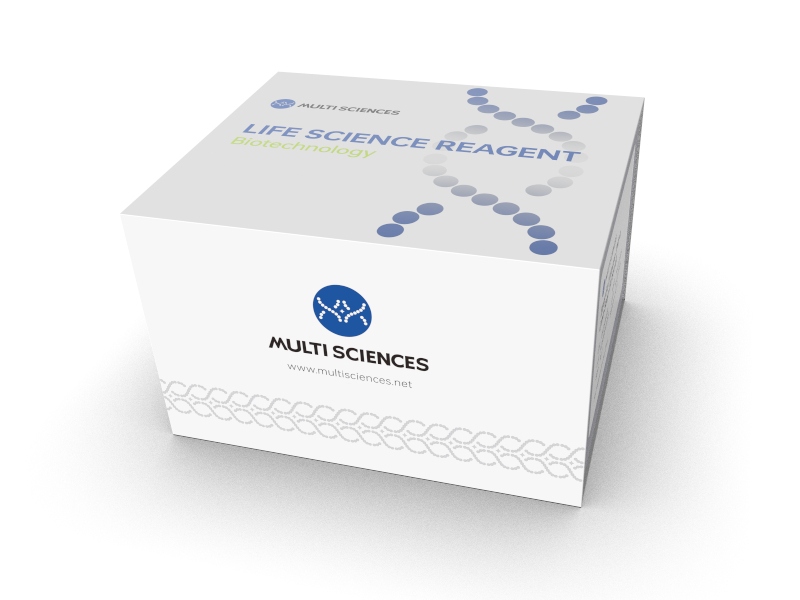
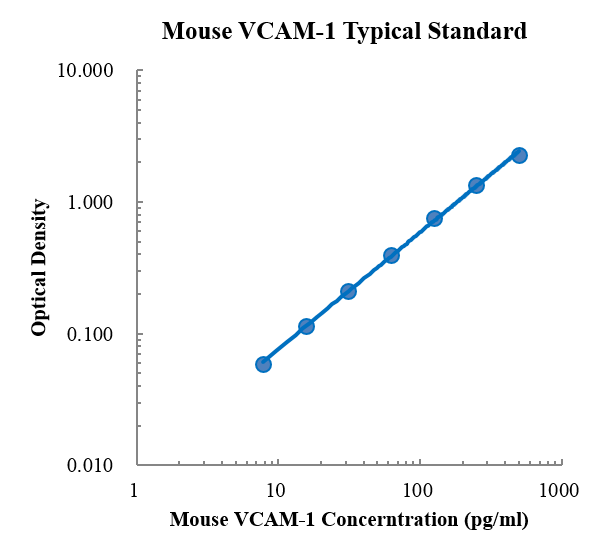
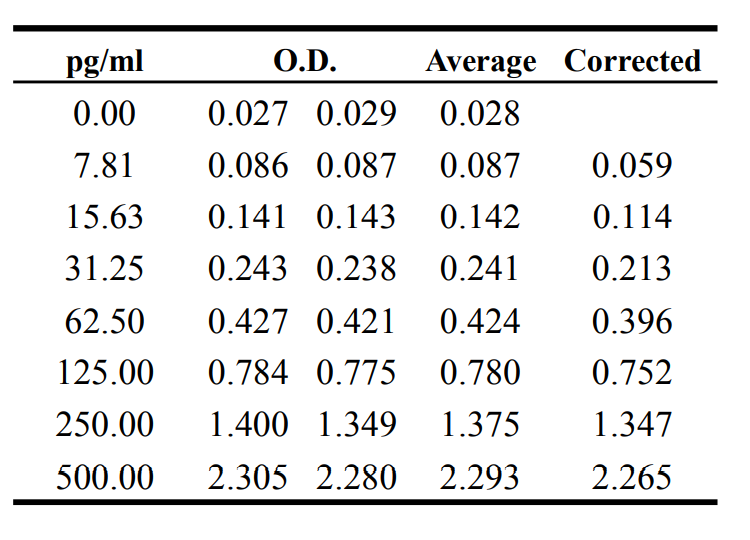
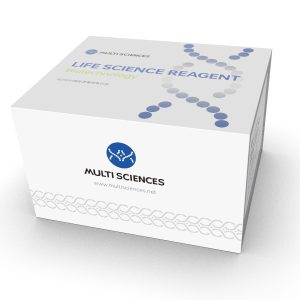

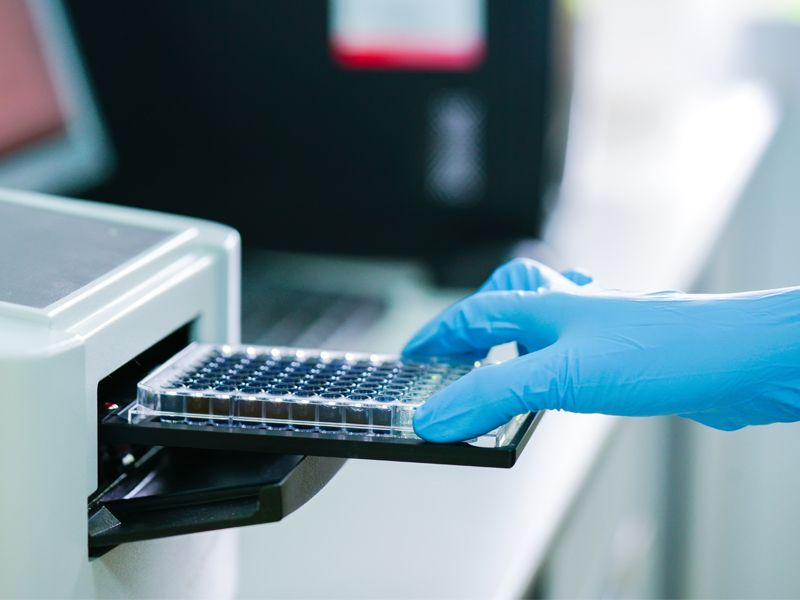
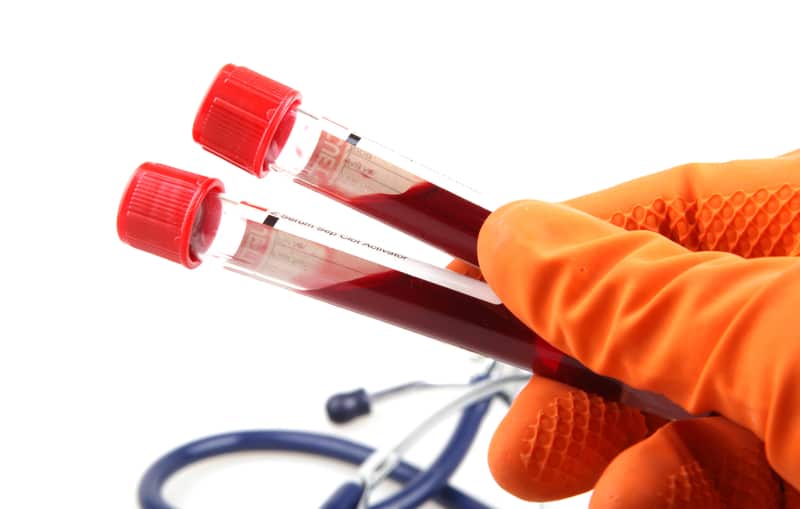
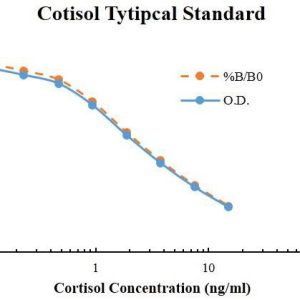
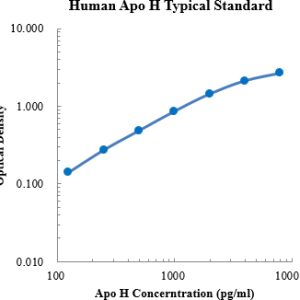
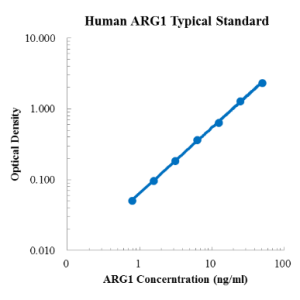
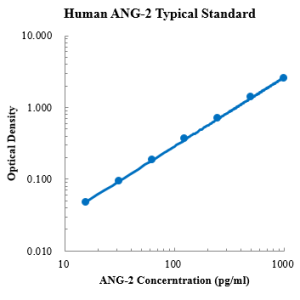
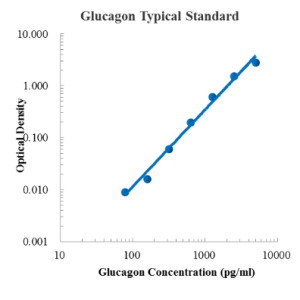
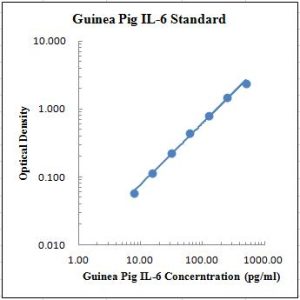
Reviews
There are no reviews yet.